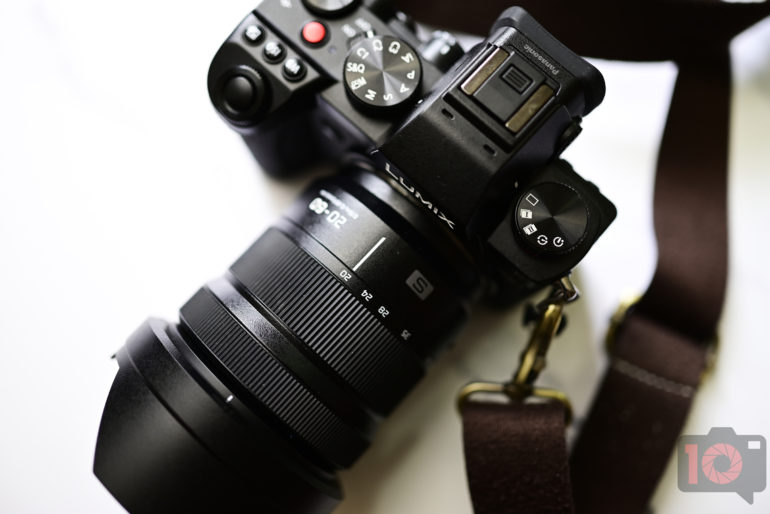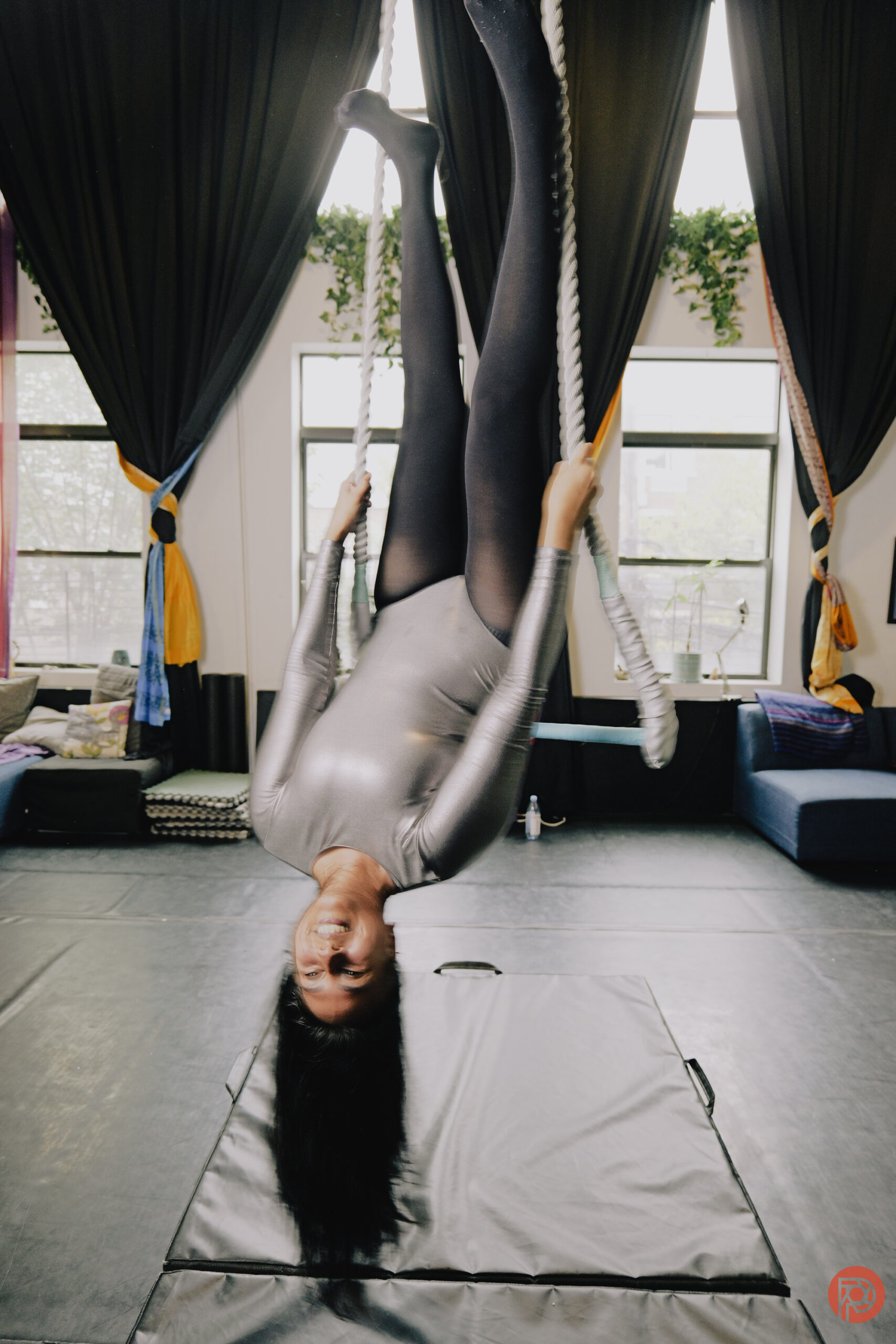There’s a great trend going around right now involving an undoing of all the things that photographers have been telling you to do in the first place. It’s got to do with the sharpness in a portrait. Sure, with face detection and all that stuff, it’s easy to do. But getting intentional blur in a portrait is something very special. There are a few ways to do it, and here, we’re going to teach you how your LUMIX S5II can help you make a beautiful blurry portrait.
This piece is presented in partnership with Panasonic Lumix. We’ve independently and ethically reviewed all the products in this post already without sponsorship. And we worked with them to recommend a few key gems to you. Want one? Check the Lumix S5II on Amazon.
Recommended Gear for Shooting a Blurry Portrait

To do this special method, we recommend you use the following items:
- LUMIX S5 II: With its 24MP full frame sensor and loads of features, this camera will give you everything you need. For the record too, it also has very good image stabilization. So at times, you may even need to really work against it because of just how good it is.
- Panasonic 50mm f1.8 Lumix S: This lens is versatile and mimics how the human eye sees for many photographers. Use this for a wider portrait.
- Panasonic 85mm f1.8 Lumix S: The traditional portrait focal length. Use this for a tighter portrait.
- Panasonic 20-60mm Lumix S: A kit lens, but not an ordinary one at all. This is one of the best we’ve used and it’s only gotten better with time.
These are the main items we think photographers should use to get a blurry portrait. Though honestly, lots of cameras can do this, not many can do this method with little use of post-production. The LUMIX S5II has features like Real Time LUT, that lets you more or less add presets to a camera for you to apply at real time on a photograph. Typically all you need to do after that is choose a white balance and you’ll be all set.
It’s also lightweight, versatile, weather resistant, and has the autofocus to back up the performance. With firmware updates, it’s only gotten better.
With Off-Camera Lighting
To do the blurry portrait method using off-camera lighting, you’ll need to connect a flash to your camera using something like a radio transmitter. In the LUMIX S5II’s menus, you then can choose to set the flash to what’s called second curtain. Second curtain flash is a method that uses your camera’s flash and the shutter to make a creative effect. Typically, a flash fires with the first shutter curtain. But with second curtain, the results are totally different.
Here’s some background from a tutorial we did a while back:
After setting up your flash, we recommend keeping it in TTL mode just to make it easier. Make sure you’ve got a lens that can give the aperture reading to the camera. Then have your ISO set to your desired effect depending on the environment you’re shooting in. Start at 1/125th of a second, then ask your subject to move around within a contained area that the flash is hitting. Shoot a quick photo.
When you’re doing second curtain flash and the blurry portrait method, you’ll have to tell your subject to move around quite a bit. Then the LUMIX S5II will capture a bit of sharpness and intentional movement blur at the same time. It’s a lot of fun and best done when combined with a pretty shallow depth of field.
Our overall recommended settings:
- Daylight white balance
- 1/125th of a second, and then slow down the shutter speed from there.
- f1.8 or f2.8 — shoot between these two apertures.
- ISO 400: from working with flash for a decade and a half, we can tell you to use this as a starting point.
- Continuous autofocus: the Lumix S5 II uses phase detection autofocus to keep your subject in focus.
- Human body or face and eye detection: this all depends on your framing in the scene.
This is a method that cannot be done with constant lighting. The effect can come close, but with second curtain flash you’ll balance both sharpness and blur for a blurry portrait.
With Constant Lighting Without Off-Camera Lighting
If you’re too nervous to work with a flash, then this can also be done using LEDs or natural lighting. Just work with a low ISO, a slow shutter speed, and shallow aperture. Have your subject move around and then capture them as they move.
The alternative method is a pretty fun one. Try this:
- Focus the camera on your subject’s face
- Set your shutter speed to 1/15
- Set your ISO to whatever it needs to be
- Set your aperture to around f2
- Pivot the camera up slightly so the framing changes and places your subject a bit below where you originally had them
- Pull the camera down, or pivot it down. As you do this, shoot the photo. The intentional camera movement will create a blurry portrait that you’re absolutely going to love.
This method is an evolution of the in-camera paintings that photographers have made for years. It was also well known in the film days as a method that photographers often shunned. But these days, it’s applauded because of the unique beauty that it can help give to an image.


